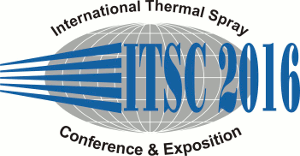| Abstract: |
Growing world population, increasing energy demand, stringent emission norms and scarcity of petroleum products are the ultimate factors for the search of new alternative fuels. Moreover, two-third of the total heat generated in diesel engine set out as waste heat and dissipated through the cooling water, exhaust gas and lubricating oil. In order to enhance the thermal efficiency of the engine, engine coating is implemented to reduce the heat rejection from the combustion chamber walls. Hence, this study intends to investigate the effect of varying thickness of thermal barrier coated piston crown on diesel engine characteristics using ternary fuel mixture. Plasma spray coating process was adopted to lay thermal barrier coating (TBC) on piston crowns due to better material deposition. NiCr and 8% YSZ (Yttrium Stabilized Zirconia) were used as a thermally grown oxide and ceramic top coat for the investigation. Constant bond coat of 0.15 mm thick and top coat of 0.25 mm, 0.30 mm and 0.40 mm were used for piston crowns. Experiments were conducted on single cylinder water cooled direct injection diesel engine by varying load from 0% to 100% in the increment of 25% along with overload of 110% at a constant speed of 1500 rpm. Each of the thermal barrier coated piston crowns was used in the engine for 50 hours of operation and performance, emission and combustion characteristics were obtained after every 10 hours of operation. Results were compared with uncoated engine piston crown using a ternary fuel mixture and diesel. Among three TBC on the piston crown, coating thickness of 0.25mm exhibited better thermal efficiency, lower carbon monoxide, total hydrocarbon, nitric oxide, smoke and slightly higher carbon dioxide emission. Maximum heat release rate of 29.5J/oCA and shorter ignition delay period of 12.5 oCA was also observed when compared to diesel.
|
|
